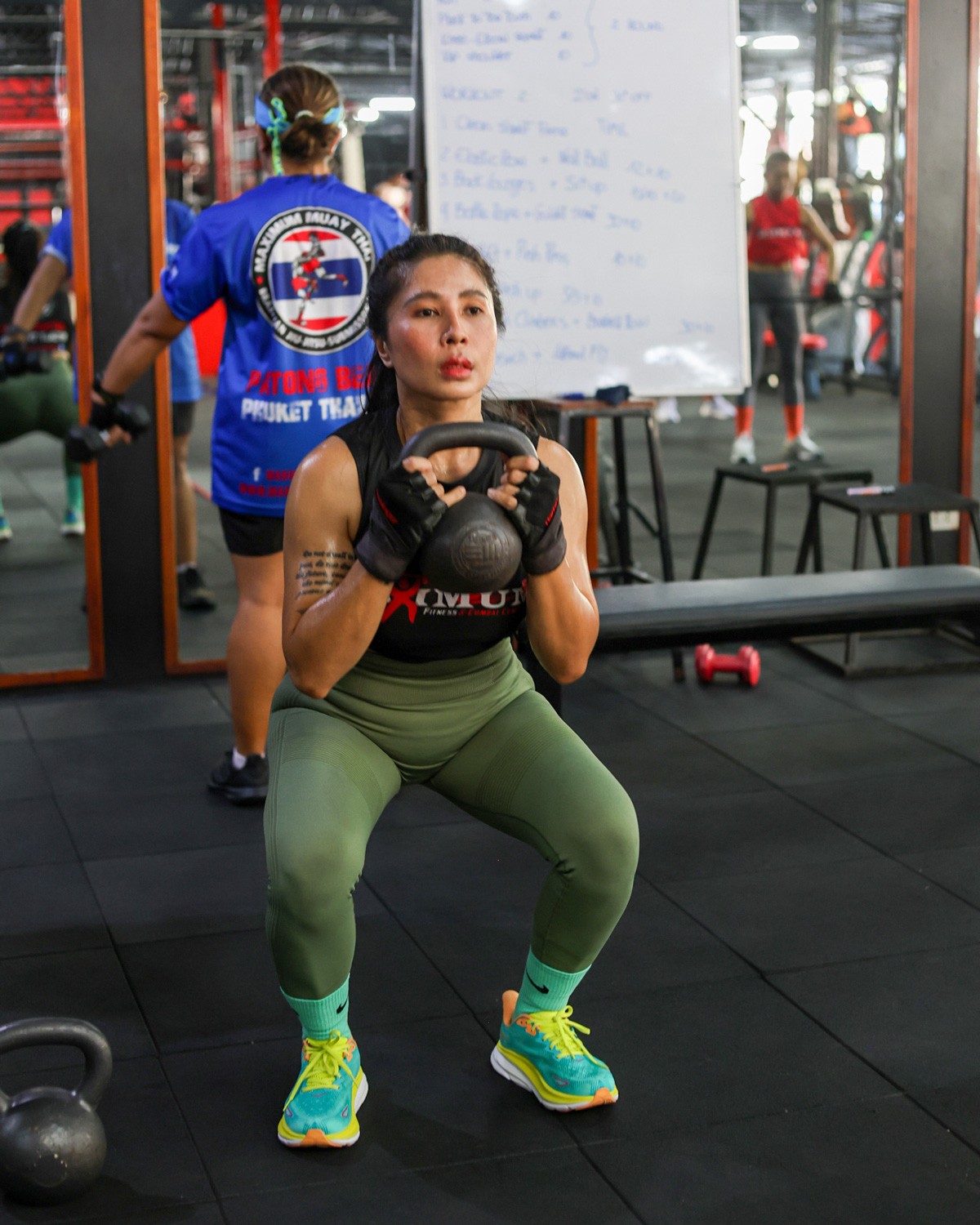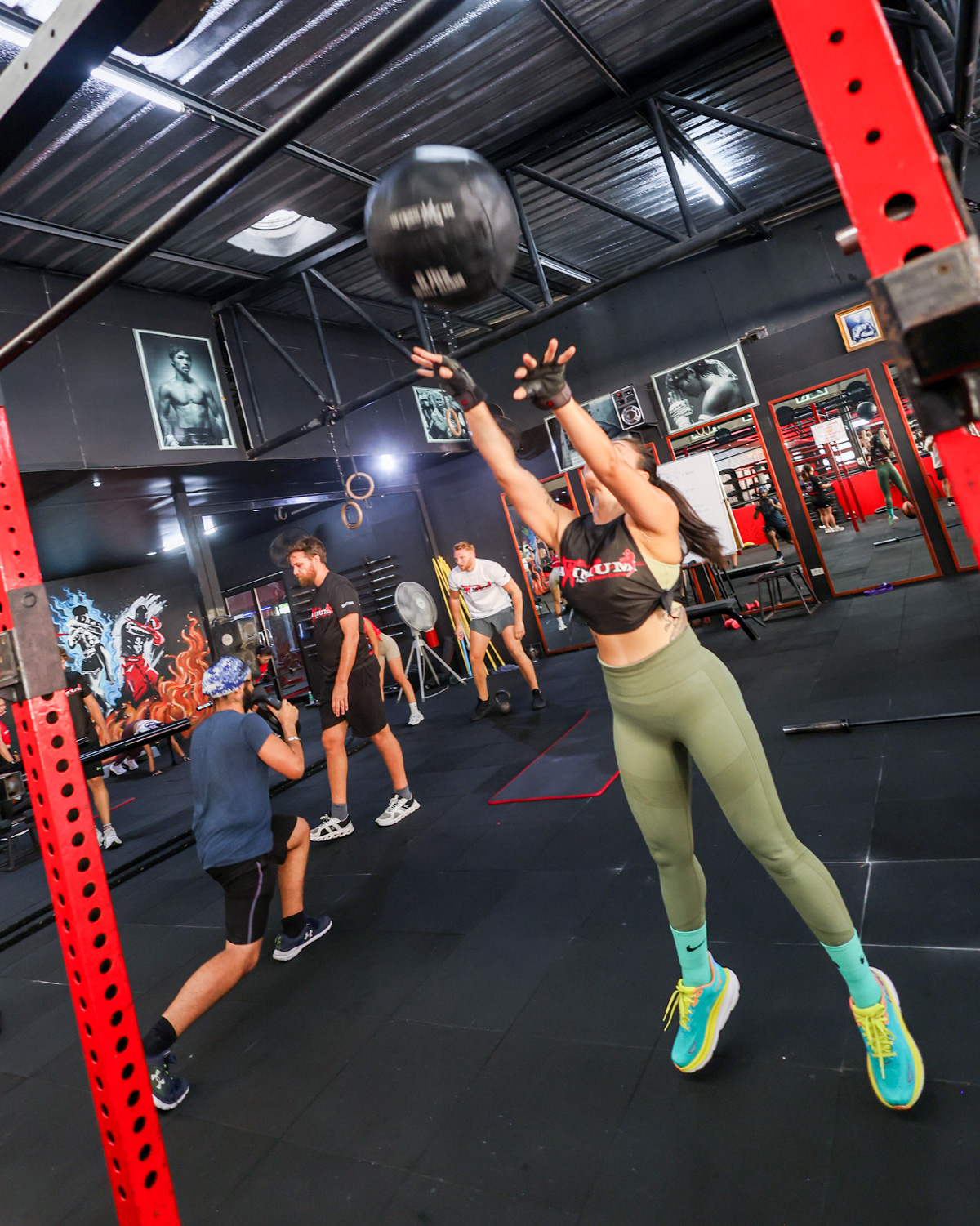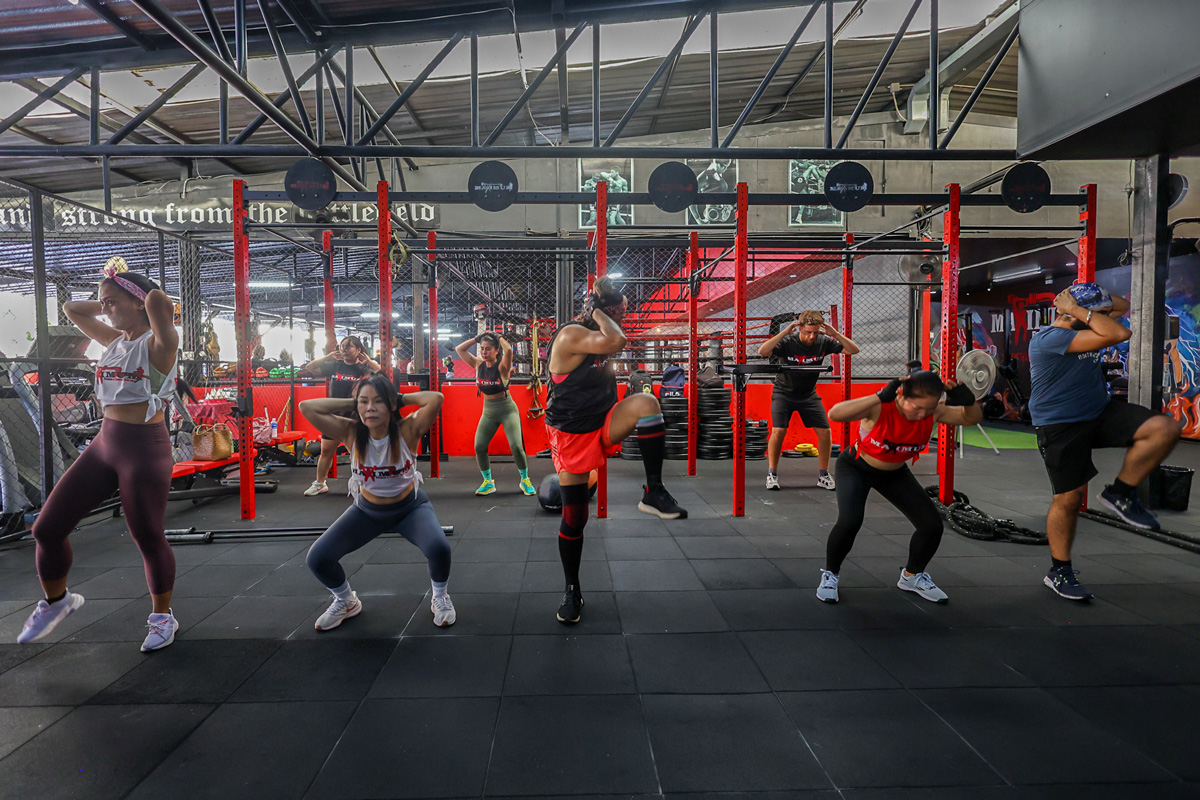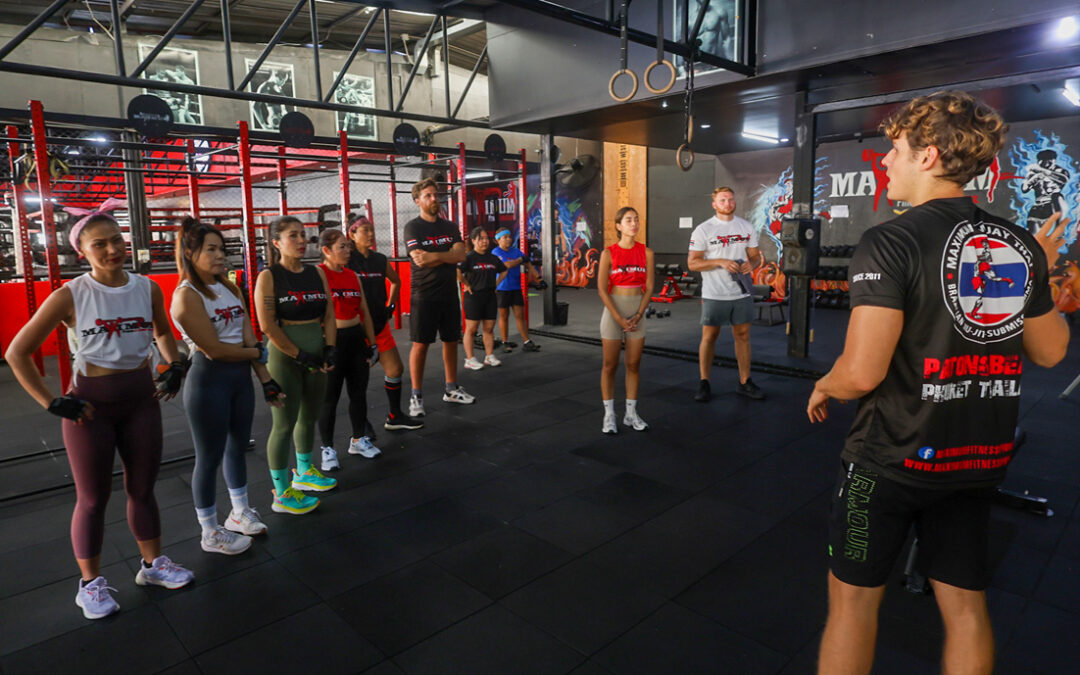Functional Training for Longevity: The Science Behind Staying Strong as You Age
As we age, maintaining physical health becomes increasingly important to ensure a high quality of life. Functional training, which focuses on exercises that mimic real-life movements, is one of the most effective ways to stay strong, mobile, and independent. This approach to fitness not only builds strength but also improves balance, coordination, and flexibility, all of which are critical for aging gracefully. In this article, we’ll explore the science behind functional training and why it’s particularly beneficial for longevity.
The Science of Functional Training
Functional training differs from traditional strength training by emphasizing movements that engage multiple muscle groups and joints simultaneously. These exercises are designed to improve your ability to perform everyday activities, such as lifting, bending, and reaching, with greater ease and reduced risk of injury.
Research shows that functional training improves neuromuscular efficiency—the ability of the nervous system to coordinate muscle activity—which is crucial as we age. By training your body to move more efficiently, you can maintain strength and agility even as natural muscle mass declines.

Functional Training and Aging
Aging brings about several physiological changes, including a reduction in muscle mass (sarcopenia), decreased bone density, and reduced balance and coordination. These changes can increase the risk of falls and fractures, which are common concerns for older adults.
Functional training directly addresses these issues by focusing on exercises that enhance stability, mobility, and strength. For example, squats improve lower body strength and balance, reducing the likelihood of falls. Similarly, exercises like lunges and step-ups mimic real-life movements, making it easier to navigate stairs or uneven surfaces.

Key Functional Exercises for Longevity
Incorporating the following functional exercises into your routine can significantly contribute to long-term health and vitality:
- Squats: Strengthen the legs and core, promoting better balance and stability.
- Lunges: Improve lower body strength and coordination, crucial for walking and climbing stairs.
- Push-ups: Enhance upper body strength and core stability, aiding in tasks like pushing and lifting.
- Planks: Build core strength, supporting better posture and reducing the risk of back pain.
- Balance Drills: Use tools like balance boards or simply practice standing on one leg to improve stability and prevent falls.
Each of these exercises can be modified to suit different fitness levels, ensuring that functional training is accessible and effective for everyone.

Building a Long-Term Functional Training Routine
To maximize the benefits of functional training, it’s important to create a routine that evolves with your body’s needs. Start with exercises that match your current fitness level and gradually increase the intensity as you become stronger and more confident. Aim to include functional training in your routine at least two to three times a week, combining it with other forms of exercise like cardiovascular workouts or yoga for a well-rounded fitness regimen.
Remember, consistency is key. By regularly engaging in functional training, you’re not only building strength but also enhancing your body’s ability to perform daily activities safely and efficiently.

Functional training offers a powerful approach to staying strong and active as you age. By understanding the science behind it and integrating it into your routine, you can enjoy greater independence, reduced injury risk, and an overall better quality of life. Embrace functional training as a lifelong practice to ensure that you continue to move well and feel great at every stage of life.
Ready to experience Functional training in Phuket?
Check out our class schedule and contact us to experience our functional training Classes at Maximum Fitness Phuket!
Check out our classes schedule :


